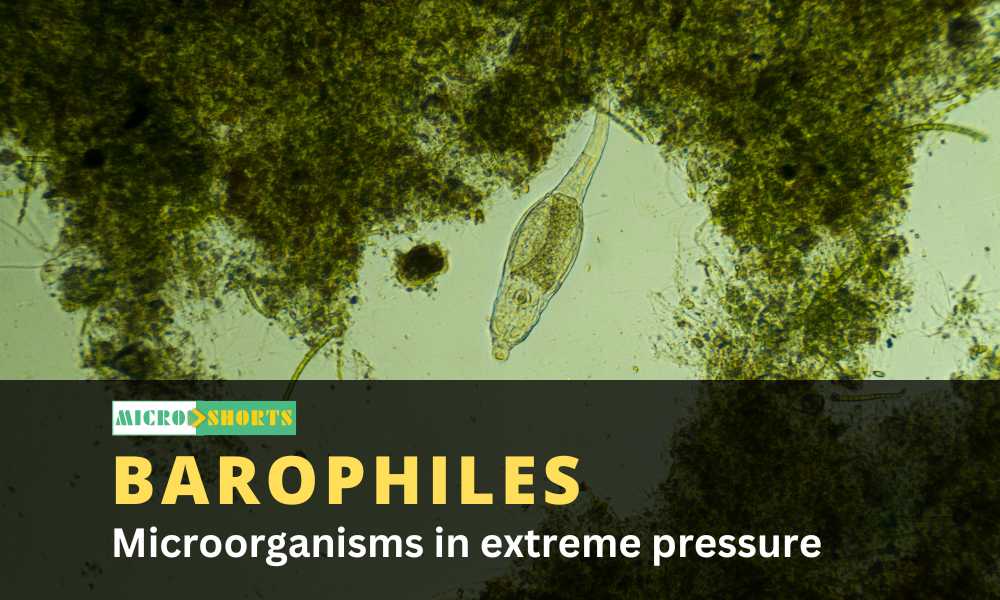Lipids and proteins are the major components of most plasma membranes. They account for approximately 50-50% each by weight. The carbohydrate portion of glycolipids and glycoproteins makes up about 5 to 10% of the membrane mass. In energy-transducing organelles like mitochondria and chloroplasts, about 75% of the membrane consists of proteins.
Structure and Role of Lipid Bilayer
The lipid bilayer provides the structural framework of the cell membrane, while membrane proteins facilitate various biological processes. These include cell adhesion (cells sticking together), cell signaling (communication between cells), and cell recognition. Membrane proteins also play a role in energy transduction and cellular transport.
Types of Membrane Proteins
- Ion channels Responsible for the movement of ions across the membrane.
- Transporters Facilitate the movement of molecules across the membrane.
- Receptors Receive and transmit signals from outside the cell.
- Enzymesm Catalyze reactions essential for cell function.

Membrane Proteins in Drug Discovery
A significant fraction (20-30%) of all genes in genomes encode for membrane proteins, making them potential targets for medicinal drug discovery. Membrane proteins are essential for the unique properties of different membranes and account for about 1/3rd of the total proteins in living organisms.
Fluid Nature of Lipid Bilayer and Membrane Protein Movement
Due to the fluid nature of the lipid bilayer, most membrane proteins can move within it. However, some proteins are restricted to certain areas by enzymes. The first membrane protein to be sequenced was Glycophorin. Membrane proteins are diverse in structure and function.
Structure of Membrane Proteins
Cell membranes are made up of two phospholipid layers, forming a phospholipid bilayer that separates the internal environment from the external one. Membrane proteins can be embedded into this bilayer either permanently or temporarily. The arrangement of amino acids in these proteins is based on their polarity.
- Non-polar amino acids are hydrophobic (water-repelling) and integrate directly into the hydrophobic tails of the bilayer.
- Polar amino acids are hydrophilic (water-attracting) and are either positioned on the membrane's surface or inside the channel proteins.
Classification of Membrane Proteins
Integral membrane proteins
Embedded within the lipid bilayer, spanning across it.Peripheral membrane proteins
Temporarily associated with the lipid bilayer or other proteins.Lipid-anchored proteins
Attached to the membrane via lipid molecules.
Integral Membrane Proteins
Integral membrane proteins make up approximately 25% of the human genome. These proteins, also called transmembrane proteins, span the phospholipid bilayer and are permanently anchored to the biological membrane. They consist of three segments: cytoplasmic domain (facing the cytosol), exoplasmic domain (facing the extracellular space), and membrane-spanning domain.
Cytoplasmic and Exoplasmic Domains
The cytoplasmic domain faces the cytosolic side, and the exoplasmic domain faces extracellular space. Both domains have hydrophilic surfaces that interact with aqueous solutions. Their amino acid composition resembles that of water-soluble proteins.
Membrane-Spanning Domain
The membrane-spanning domain interacts with the hydrophobic core of the phospholipid bilayer. The hydrophobic amino acid side chains protrude out, making these proteins removable only with detergents or non-polar solvents. An example is Lactobacillus acidophilus (yogurt bacteria).
Amphipathic Nature
Transmembrane proteins are amphipathic (interact with both hydrophilic and hydrophobic molecules). The membrane-spanning domains usually comprise one or more α-helices or β barrels. α-helix proteins are found in all membranes, while β barrel proteins are found in Gram-negative bacteria.
Glycosylation and Membrane Function
Most exoplasmic membrane proteins are glycosylated (complex carbohydrate chains are attached). These proteins are involved in the entry and exit of substances through the cell. An example is Escherichia coli (intestinal bacteria).
Types of Integral Membrane Proteins
- Integral monotopic proteins: Attached to one leaflet, do not span the bilayer.
- Integral bitopic proteins: Span the bilayer once.
- Polytopic proteins: Span the bilayer multiple times.
Peripheral Membrane Proteins
Peripheral membrane proteins are attached to membranes temporarily. They bind to integral membrane proteins or lipid head groups but do not interact with the hydrophobic bilayer core. These proteins localize on either the cytosolic or exoplasmic side of the plasma membrane.
Cytosolic Peripheral Proteins
On the cytosolic face, peripheral proteins form a loose association with cytoskeletal filaments, providing structural support to membranes. Examples include Cytokinesis-associated proteins like Actin (cytoskeletal protein).
Exoplasmic Peripheral Proteins
Peripheral proteins on the exoplasmic face attach to extracellular matrix components. These proteins are hydrophilic and are involved in ion channels and transmembrane receptors. They can be removed by changes in pH or salt content.
Lipid-Anchored Proteins
Lipid-anchored proteins, also called lipid-linked proteins, are covalently linked to lipid molecules. These proteins anchor to either leaflet of the membrane through hydrocarbon chains. Examples of lipid-linked proteins include GPI-anchored proteins in mammalian cells.
Reversible and Irreversible Associations
Lipid-anchored proteins are linked via prenyl groups, thioester bonds, or oligosaccharide linkers like the GPI anchor. These associations can be reversible or irreversible, depending on the nature of the covalent bond. Examples include Saccharomyces cerevisiae (yeast).
Functions of Membrane Proteins
Junctions:
Membrane proteins (protein molecules in the cell membrane) connect and join two cells. They form tight junctions, creating a barrier that prevents the leakage of substances between cells.
Examples:
- Claudins (a protein family involved in tight junctions)
- Occludin (another tight junction protein)
- Connexins (protein components of gap junctions)
Enzymes:
Membrane proteins function as enzymes (biocatalysts) to promote chemical reactions. They can catalyze phosphorylation, redox reactions (oxidation-reduction reactions), hydrolytic reactions (breaking bonds with water), and metabolic reactions (chemical processes in metabolism).
Examples:
- Adenylate cyclase (an enzyme involved in signal transduction)
- ATPases (enzymes that hydrolyze ATP)
- Phosphatases (enzymes that remove phosphate groups)
Transport:
Membrane proteins form channels (pores) and act as transporters (molecules facilitating movement) for nutrients, ions, and other substances. They enable active transport (energy-requiring movement) and passive transport (movement without energy).
Examples:
- Sodium-potassium pump (a transporter involved in active transport)
- Aquaporins (water channels)
- Glucose transporters (facilitate glucose entry into cells)
Cell-Cell Recognition:
Membrane proteins act as recognition molecules (identifiers on cell surfaces). They help the immune system distinguish between self-cells (own cells) and foreign cells (invaders), aiding in selective attacks.
Examples:
- Major Histocompatibility Complex (MHC) (proteins involved in immune response)
- Blood group antigens (determine blood type)
- Selectins (adhesion molecules for cell recognition)
Anchorage:
Membrane proteins serve as anchorage points (attachment sites) for the internal cytoskeleton (cell's structural network) and extracellular matrix (network outside cells). They help maintain cell positioning.
Examples:
- Integrins (link cytoskeleton to extracellular matrix)
- Cadherins (adhesion molecules)
- Vinculin (protein involved in cell adhesion)
Signal Transduction:
Membrane proteins act as receptors (molecules binding signaling substances). They transmit signals from extracellular molecules (signals outside the cell) to the cell interior, triggering a signaling cascade and changes in cell function.
Examples:
- G-protein coupled receptors (GPCRs) (transmit signals inside cells)
- Receptor tyrosine kinases (RTKs) (involved in growth factor signaling)
- Ion channel receptors (respond to neurotransmitters)









Comments